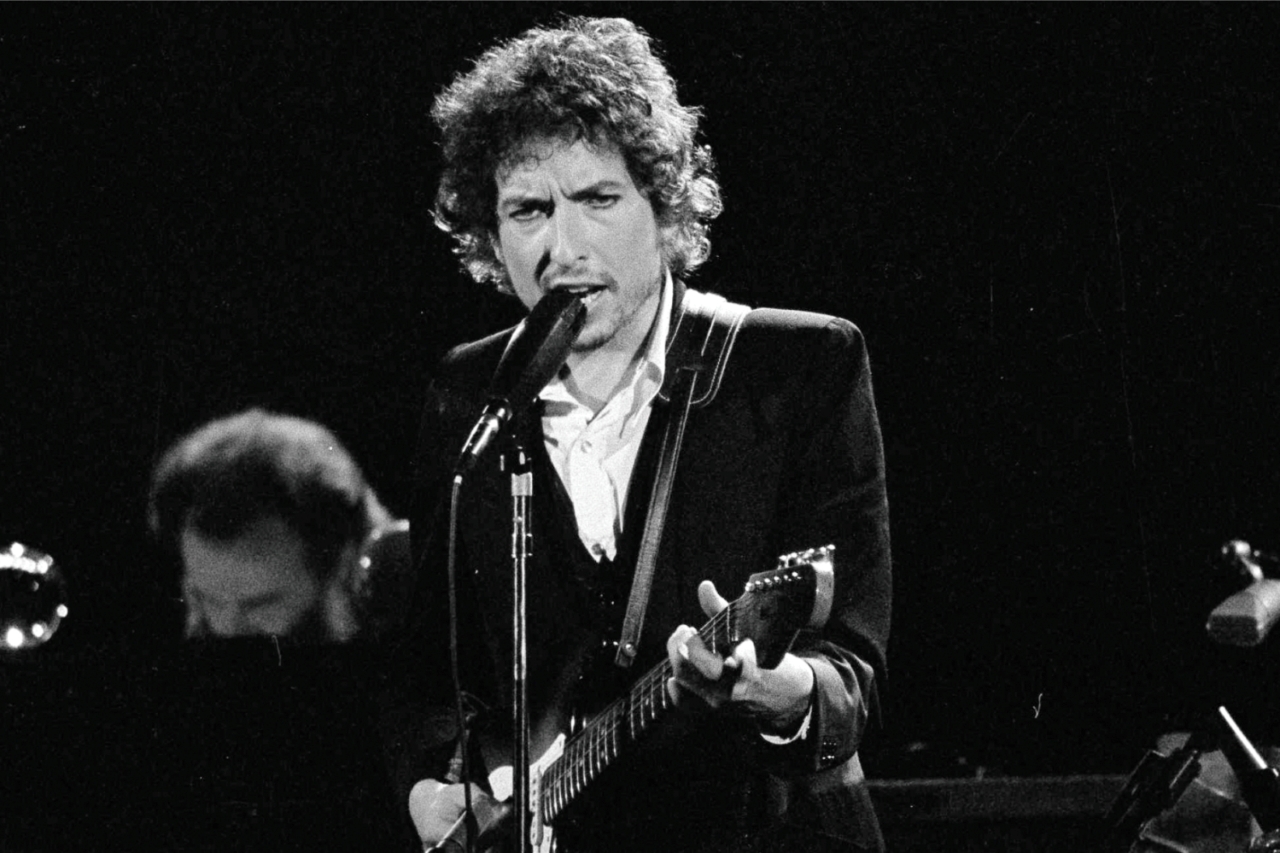
About the song
Released in 1962 on Bob Dylan’s second album, The Freewheelin’ Bob Dylan, “Blowin’ in the Wind” quickly became one of the most defining protest songs of the 20th century. Written by Dylan at just 21 years old, the song posed a series of rhetorical questions about peace, war, and civil rights — questions that resonated deeply with a nation in turmoil.
Though it was Peter, Paul and Mary’s 1963 cover that brought the song mainstream success, Dylan’s original version — stark and sincere with just voice, guitar, and harmonica — is a timeless expression of youthful questioning and social awareness.
“Blowin’ in the Wind” was a cornerstone of the 1960s folk revival and became an anthem of both the civil rights movement and the anti-war movement.
The sound and style:
Musically, the song is simple and stark, following a basic I-IV-V chord progression — a structure that evokes the traditions of American folk and spiritual music.
Stylistic traits include:
-
Dylan’s weathered, unvarnished voice, conveying authenticity over polish
-
A gentle acoustic guitar strum, reinforcing the folk ballad feel
-
Harmonica interludes that add a plaintive, wandering mood
-
The lack of embellishment, allowing the lyrics to take center stage
The song’s power lies in its restraint — the melody is humble, but the questions it asks are monumental.
Lyrical themes and atmosphere:
“How many roads must a man walk down / Before you call him a man?”
The song is built around a series of unanswered questions, each pointing toward injustice, inequality, and human suffering. The refrain — “The answer, my friend, is blowin’ in the wind” — suggests that the answers are both obvious and elusive, waiting to be heard but lost in the noise of society.
Core themes:
-
Peace and anti-war sentiment
-
Civil rights and human dignity
-
The mystery of truth and the cost of indifference
-
A challenge to listeners to think, reflect, and act
Dylan’s language is plain but poetic, avoiding specific names or events — a choice that makes the song timeless and universal.
Legacy and impact:
“Blowin’ in the Wind” is widely considered one of the most important protest songs ever written:
-
Inducted into the Grammy Hall of Fame
-
Selected for preservation in the National Recording Registry
-
Covered by hundreds of artists in dozens of languages
-
Cited by Martin Luther King Jr. and sung at civil rights rallies across the U.S.
-
A key moment that helped establish Dylan as the voice of a generation
It wasn’t about giving answers — it was about asking the right questions. And that’s what made it so powerful.
Final thoughts:
“Blowin’ in the Wind” is a song that whispers like a prayer but hits like a protest. In under three minutes, Bob Dylan captured the unease and awakening of an entire era — and in doing so, gave future generations a musical mirror to reflect their own struggles.
Its beauty lies in its simplicity. Its power lies in its challenge: to listen, to question, and to change. Even now, decades later, the answers are still blowin’ in the wind — waiting for someone to catch them.
Video
Lyrics
How many roads must a man walk downBefore you call him a man?How many seas must a white dove sailBefore she sleeps in the sand?Yes, and how many times must the cannonballs flyBefore they’re forever banned?The answer, my friend, is blowin’ in the windThe answer is blowin’ in the windYes, and how many years must a mountain existBefore it is washed to the sea?Yes, and how many years can some people existBefore they’re allowed to be free?Yes, and how many times can a man turn his headAnd pretend that he just doesn’t see?The answer, my friend, is blowin’ in the windThe answer is blowin’ in the windYes, and how many times must a man look upBefore he can see the sky?Yes, and how many ears must one man haveBefore he can hear people cry?Yes, and how many deaths will it take ’til he knowsThat too many people have died?The answer, my friend, is blowin’ in the windThe answer is blowin’ in the wind